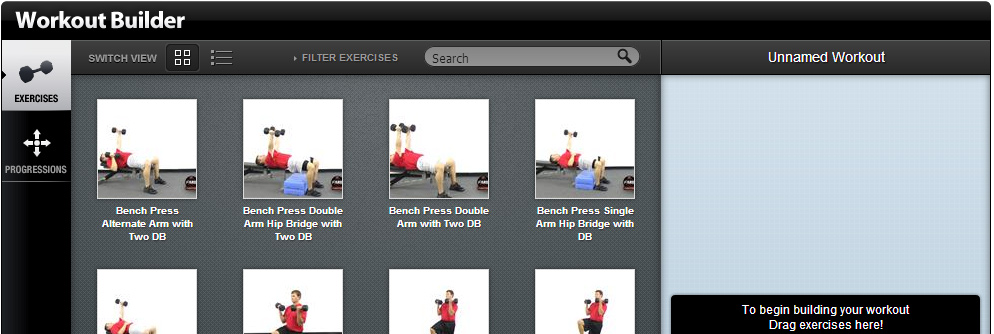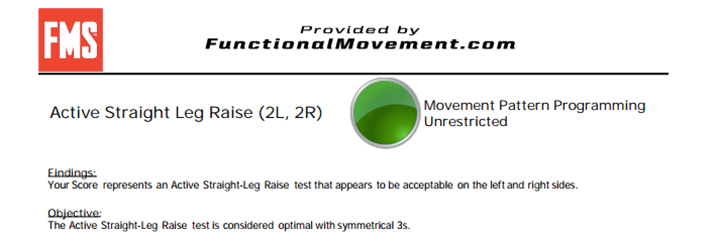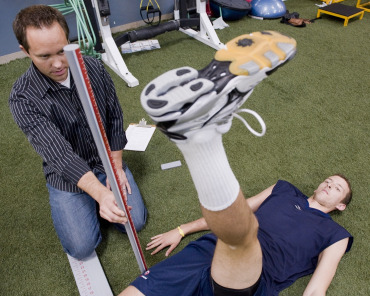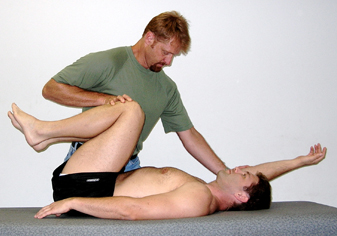Do More Than Count Reps
Written by Lee Burton FMS
I recently shared general thoughts about the health of the fitness industry and the need for adaptability among trainers. In short, I agree with analysts in that the overall outlook is favorable, but I strongly believe that a fitness provider in 2015 has to be more innovative, educated and entrepreneurial than ever in order to compete with market options and conditions. Today, I’d like to highlight a few ways that fitness providers are utilizing a FMS tool to grow their businesses.
In some ways, every trainer’s business is limited by similar constraints. We balance client load with available time, physical space in a facility and creative bandwidth to build programs. Regardless of our ambition, traditional, one-on-one training models don’t offer unlimited scale.
Two of the most common objections to private training sessions are cost and inflexibility of schedule. Clients may appreciate your professional opinion, but are unable afford to pay $50 - 100 per session or commit their schedule ahead of time. Those objections are unlikely to change, but it’s possible that your training could adapt and I think our FMS Pro 360 might be able to help.
The FMS Pro 360 is most commonly viewed as a client management tool, but there is no reason it couldn’t be viewed as a revenue generator. Since it allows you to input unlimited screens for each client and automates workouts and correctives based on the results of those screens, you can create 100’s of personalized workouts in a fraction of the time it would take to do so manually.

Instead of just using the FMS Pro 360 to manage existing clients, you could offer it as a premium membership option for self-motivated members who are interested in a qualified opinion. In addition to additional revenue, the value-add of this model could help insulate the membership.
While personal training isn’t for everyone, self-programmed workouts are often terribly unoriginal and ill-conceived. That said, I feel like the average “fitness” consumer wants to make more informed decisions about their training. By delivering and managing programming with the FMS Pro 360, you can provide scalable offering that is also highly personalized.
 Is it as effective as a traditional personal training model? Probably not. Is it more effective than self-programmed workouts. Yes. Is it more accessible for both the provider and the client? Absolutely.
Is it as effective as a traditional personal training model? Probably not. Is it more effective than self-programmed workouts. Yes. Is it more accessible for both the provider and the client? Absolutely.
As Steve Long has validated through Smart Group Training, it’s possible to effectively train athletes in a small group training environment and, when dysfunction is addressed, significant results are achieved.
“They blast through plateaus,” says Long, “Clearing movement dysfunctions allows the clients to do things they couldn’t do before, it keeps them injury free, and a lot of times takes people out of a “high threshold life” which lowers cortisol and helps with fat loss. Moving good and feeling good are huge for general population, and the FMS helps us with that.”
The most important aspect of managing larger groups of clients is managing information. The FMS Pro 360 allows providers to track progress of groups of clients with detailed notes about physical limitations and health history.

Many small group training programs don’t discriminate between functional and dysfunctional movements. Asking athletes to engage in movements that exceed their physical capabilities is a recipe for injury. As Steve Long says, they have “one foot on the gas and one foot on the brake.” With the FMS Pro 360 you can easily communicate exercises that are off-limits based on recorded screen results. This way you can be sure to program correctives while avoiding exercises that expose the client to injuries.
Despite the growing number of fitness professionals who seek to educate general populations about the benefits of functional movement principles like the FMS, there are a staggering number of gym-goers who are committed to fitness programs that are limited in design and even harmful in nature. Ideally, we could aspire to reach individuals in a one-on-one environment, but I think our primary goal should just be to reach them somehow.
 Now more than ever, our goal as health and fitness professionals should be to positively impact the health of as many people around us as possible. Despite the growth of the fitness industry, America’s patterns of obesity are trending in the wrong direction. The obesity epidemic isn’t a business opportunity, it’s a crisis. While well-intentioned fitness providers are making a significant difference in their communities, we need to figure out how to affect greater change.
Now more than ever, our goal as health and fitness professionals should be to positively impact the health of as many people around us as possible. Despite the growth of the fitness industry, America’s patterns of obesity are trending in the wrong direction. The obesity epidemic isn’t a business opportunity, it’s a crisis. While well-intentioned fitness providers are making a significant difference in their communities, we need to figure out how to affect greater change.
In the words of Gray, "Movement got worse before obesity was a problem. Improving movement will go a long way to fixing obesity."
Trainers aren’t going to build successful practices or - more importantly - impactful practices by counting reps. Some people may require that level of instruction and accountability, but I think the definition of a trainer can be expanded. Ultimately, I think it’s possible for trainers to organize their businesses to manage the health and fitness of as many people as possible.
Related Resources
-
No Moving Parts
Posted by Gray Cook
-
The Momentum of Perspective
Posted by Gray Cook





